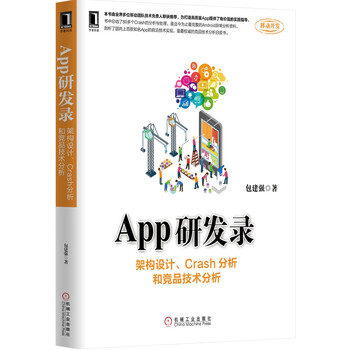1.6 Why only in China?
Android plug-in is in full swing in China, why is it silent in foreign countries?
The applications of those unicorns in Silicon Valley did not find plug-in.
On the one hand, foreigners use Google Play. This official market does not allow plug-ins to exist. If there are plug-in frame in the Apps, it will not pass the review. This is similar to the Apple Store.
On the other hand, there may be no such requirements for foreigners.
When you find a foreign App display data is wrong, or somehow crashed, even if you feed back to them, you will get a graceful reply, such as the next version and then fix it. When is the next version? It will be several weeks later.
This is different from the situation in China. In a first or second-tier Internet company, any data display errors, or crashes, will result in a decrease in the number of orders, affecting the revenue directly. Therefore, the engineers often wake up at midnight to fix bugs, and then quickly release new versions of the plug-in package to avoid further loss of orders.
For first-tier and second-tier Internet companies in China will spend a lot of resource to support a team who are doing plug-in frameworks. After the framework is designed, they will not have heave work to do. When Android releases a new version every year, they will be very busy to study what Android system source code changes in the new version, and does it will have any impact on the plug-in framework of the company. In the long term, the company spends such resources on a cost-effective basis, which is almost equal to the amount of orders lost without plug-ins.
For the small or start-up companies in China, they do not have the enough financial resources to do their own plug-in framework, and generally adopt a relatively stable, open source, and continuous updated plug-in framework in China. Then, the RN was born, they switched to the RN's family.
Excellent engineers in China have launched their own Android plug-in framework. How about the foreign engineers doing at that time?
Foreign engineers are more concerned with the user experience. So you can find material design is popular in foreign countries, and in China, the designer is only to design a sample of iOS, for Android, to do the same is enough.
Foreign engineers are more concerned with functional programming. They are pursuing elegance, practicality, robustness, and reuse of codes. Unlike apps in China, they often rely on human resources to pile up codes and even bring bugs to the market. When refactoring, and the man who wrote the codes at the time may have left.
Therefore, when engineers in Silicon Valley have released ButterKnife, Dagger, AspectJ, OKHttp, Retrofit, and RxJava, engineers in China can only come up with a variety of plug-in frameworks, hot fix frameworks, and double-opening (open 2 application instances on a mobile) technologies.








【推荐】国内首个AI IDE,深度理解中文开发场景,立即下载体验Trae
【推荐】编程新体验,更懂你的AI,立即体验豆包MarsCode编程助手
【推荐】抖音旗下AI助手豆包,你的智能百科全书,全免费不限次数
【推荐】轻量又高性能的 SSH 工具 IShell:AI 加持,快人一步
· Linux系列:如何用 C#调用 C方法造成内存泄露
· AI与.NET技术实操系列(二):开始使用ML.NET
· 记一次.NET内存居高不下排查解决与启示
· 探究高空视频全景AR技术的实现原理
· 理解Rust引用及其生命周期标识(上)
· 物流快递公司核心技术能力-地址解析分单基础技术分享
· .NET 10首个预览版发布:重大改进与新特性概览!
· AI与.NET技术实操系列(二):开始使用ML.NET
· 单线程的Redis速度为什么快?
· 展开说说关于C#中ORM框架的用法!